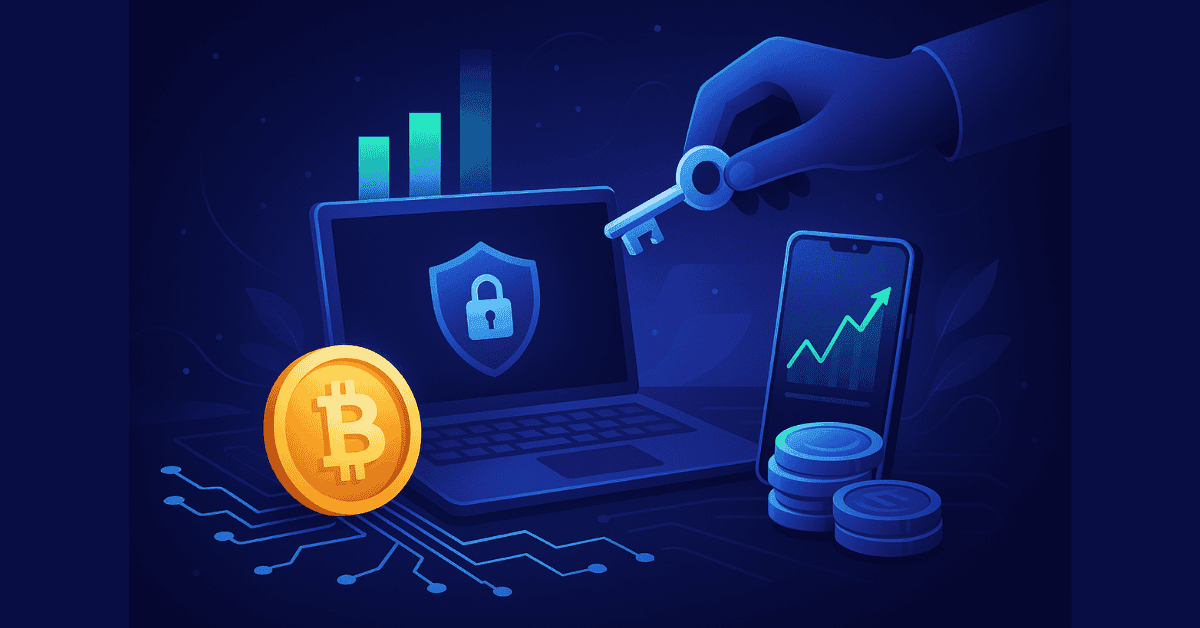
Finance in the Crypto Era: Digital Asset Sovereignty
1. What Is Finance in the Age of Blockchain?
In the traditional world, finance involves the collection, distribution, and management of money between individuals, organizations, and governments. However, in the blockchain era, finance is being redefined by decentralization, self-custody, and full transparency.
Crypto finance is no longer tied to banks or tax authorities. It operates through smart contracts, DAOs, stablecoins, and DeFi platforms—allowing individuals to control their assets without intermediaries.
2. A New Financial Structure in the Decentralized Space
While traditional finance is regulated by central banks and legacy institutions, in crypto, value flows are managed by open-source protocols and communities.
Some restructured relationships in the crypto financial system include:
-
- Users and smart contracts: Instead of depositing funds in banks, users interact directly with smart contracts for lending, swapping, and staking.
-
- Web3 startups and investors: Projects raise capital through IDOs, launchpads, or airdrops—rather than IPOs or investment banks.
-
- Communities and DAOs: Replacing shareholders and boards of directors, DAOs let everyday users co-manage budgets and on-chain governance.
-
- Global transactions: Stablecoins like USDT, USDC, or DAI enable cross-border payments without relying on SWIFT systems.
3. What Are the Roles of Crypto Finance?
-
- Efficient capital allocation: DeFi lending channels idle capital from holders to borrowers in real time.
-
- Improved capital utilization: Users can stake, farm, or provide liquidity to earn passive yield instead of leaving assets idle.
-
- Reduced centralization risk: Non-custodial wallets reduce dependence on banks or centralized exchanges.
-
- Transparent and verifiable transactions: All activity is recorded on-chain, visible to anyone.
-
- Financial self-sovereignty: If you control your private key, you control your wealth—free from freezing or censorship.
4. What Does the Crypto Finance Ecosystem Include?
-
- Decentralized public finance (on-chain governance):
Instead of government budgets, crypto projects have community treasuries managed by DAOs—for funding development, hackathons, or user incentives (e.g., Uniswap DAO, Optimism Collective).
-
- Web3 corporate finance:
Projects manage their treasury through on-chain dashboards, payroll in stablecoins, token governance, and regular smart contract audits.
-
- Decentralized financial markets (DeFi):
Lending, borrowing, and trading happen on DEXs like Uniswap, protocols like Aave or GMX—without any need for traditional banks or brokers.
-
- International finance and stablecoins:
Stablecoins act as digital dollars for remittances, trade finance, or earning on-chain interest in a borderless economy.
5. Finance vs. Accounting in Web3
-
- Crypto finance focuses on capital decisions: investing, staking, yield strategies, DAO treasury allocations.
-
- Web3 accounting involves tracking token flows, analyzing wallets, preparing treasury reports, auditing smart contracts, and parsing on-chain data.
6. Crypto Finance: Not Just a Trend, But a Path to Personal Sovereignty
In Web3, finance is no longer a privilege reserved for banks or institutions, but a tool for individuals to take full control over their financial lives. Mastering on-chain asset management, understanding DeFi mechanisms, and leveraging decentralized financial tools are essential skills in this new digital economy.